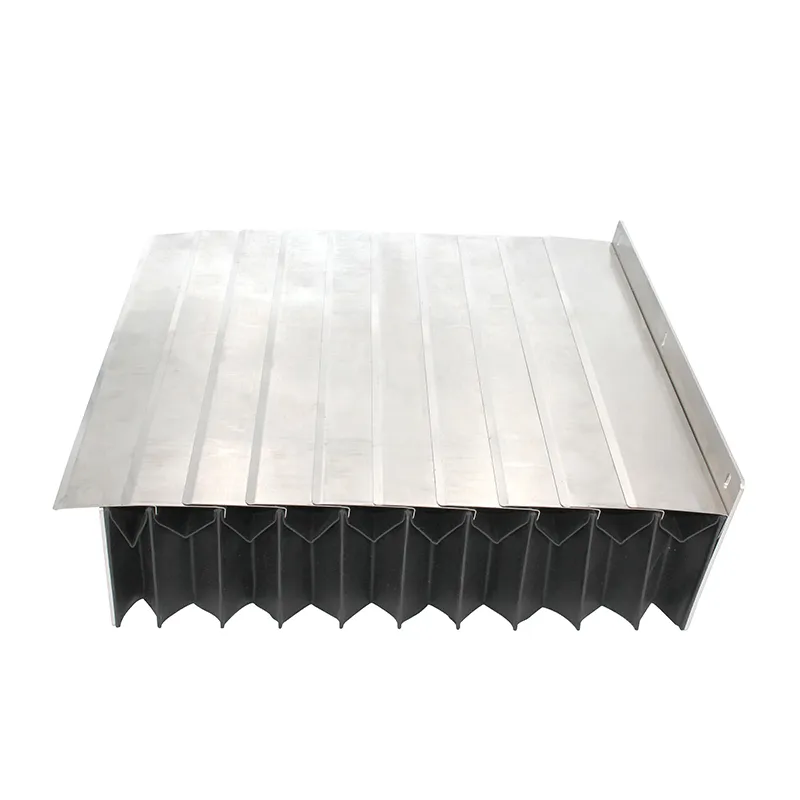Efficient Solutions for Managing Metal Scrap with Swarf Conveyors
The Importance of Swarf Conveyors in Modern Manufacturing
In the ever-evolving world of manufacturing, efficiency and waste management have taken center stage. One key component that significantly enhances both these aspects is the swarf conveyor. A swarf conveyor is crucial in the manufacturing industry, particularly in machining processes, where metal shavings, chips, and other waste materials are generated. This article will explore the significance of swarf conveyors, their types, benefits, and their role in creating a more sustainable manufacturing environment.
What is Swarf?
Swarf refers to the scrap material produced during machining processes, including metal filings, chips, and shavings. These by-products can create substantial challenges for manufacturers if not properly managed. Left unchecked, swarf can cause workplace hazards, diminish efficiency, and increase waste disposal costs. Therefore, implementing an effective swarf management system is critical for optimizing production lines and ensuring a safe working environment.
Types of Swarf Conveyors
Swarf conveyors come in various designs, each suited for specific applications and types of swarf. Here are some common types
1. Auger Conveyors These are designed to handle dry and fine swarf, moving materials through a rotating helical screw. Auger conveyors are particularly effective for transporting heavier metal chips.
2. Bucket Elevators Ideal for vertical transportation of swarf, bucket elevators utilize buckets attached to a belt or chain to lift materials from the ground up to higher levels, efficiently clearing scrap from machining areas.
3. Drag Chain Conveyors These are robust systems that can carry heavy swarf over long distances. Drag chain conveyors are perfect for bulk handling and can manage larger pieces of scrap material.
swarf conveyors

5. Flexible Conveyors These provide adaptability in layout and design, allowing manufacturers to easily change the flow of swarf as production needs evolve.
Benefits of Swarf Conveyors
Incorporating swarf conveyors into a manufacturing facility comes with numerous advantages
1. Improved Workplace Safety Swarf can create hazardous working conditions, leading to slips, trips, and falls. By efficiently removing these materials, swarf conveyors help maintain a clean and safe workplace.
2. Increased Efficiency By automating the movement of swarf, operators can focus on core production tasks rather than manual cleanup. This efficiency translates into faster manufacturing times and potentially higher outputs.
3. Cost Reduction Effective swarf management can lead to reduced waste disposal costs. By recycling swarf, manufacturers can reclaim valuable materials, thus minimizing overall operational costs.
4. Environmental Sustainability As industries shift towards more sustainable practices, swarf conveyors play a vital role in promoting recycling and waste reduction. By capturing and properly disposing of scrap materials, manufacturers can significantly lower their environmental footprint.
5. Enhanced Equipment Longevity Continuous accumulation of swarf can lead to equipment wear and tear. Using swarf conveyors minimizes the debris around machinery, which can extend the life of production equipment and reduce maintenance costs.
Conclusion
As manufacturing processes become more sophisticated and productivity demands increase, the importance of swarf conveyors cannot be overstated. They serve as an essential component of an efficient manufacturing line, providing solutions that enhance safety, promote recycling, and ultimately contribute to greater productivity. In an industry where every second counts and sustainability is becoming crucial, investing in effective swarf management systems, including swarf conveyors, is not just beneficial—it's essential for the future of manufacturing. Manufacturers who embrace such technology will not only improve their operational efficiency but also position themselves as responsible contributors to a greener industry.








